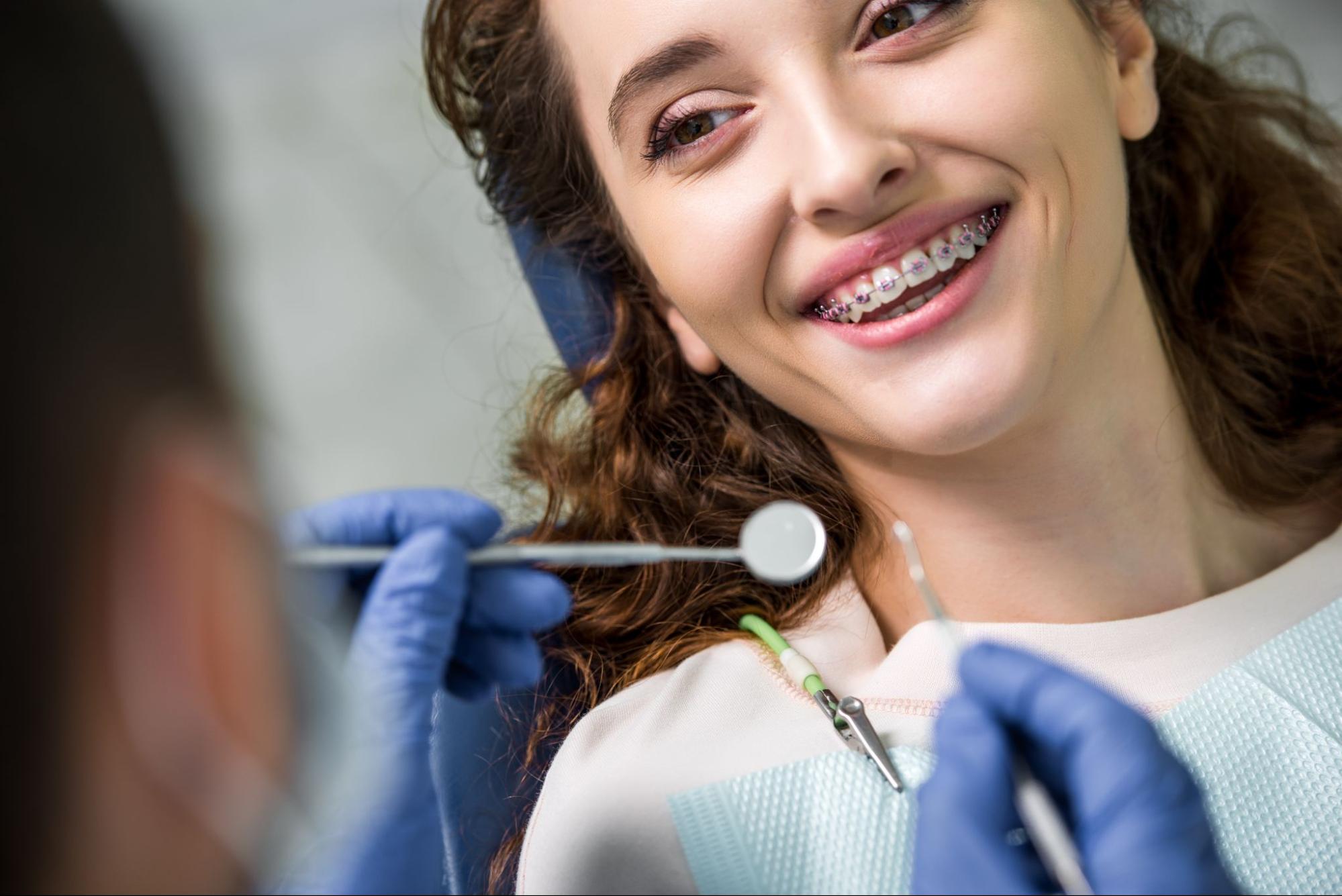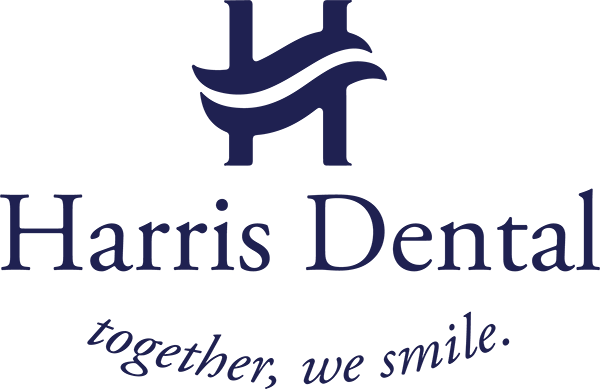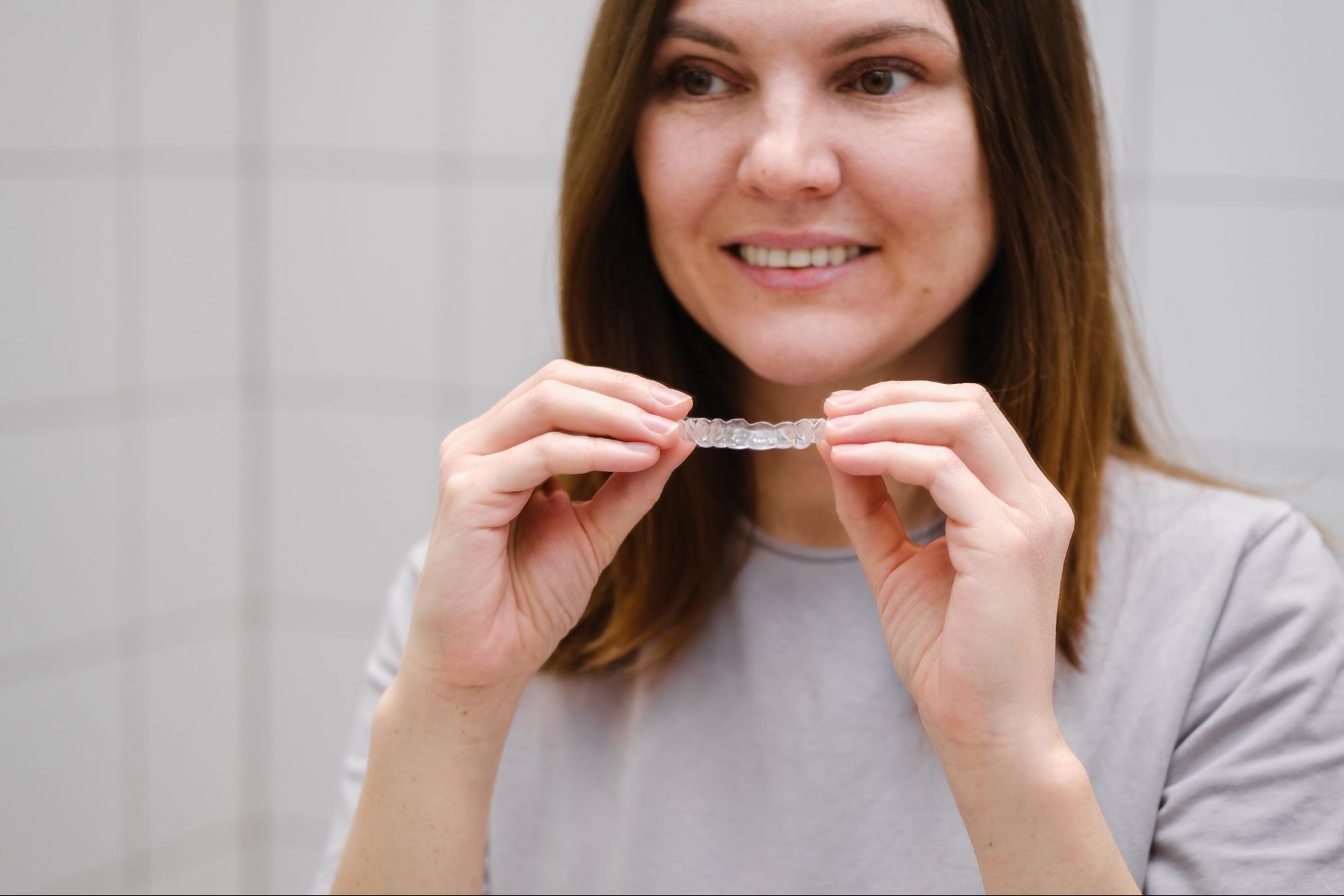Deciding to straighten your teeth is about more than just achieving a beautiful smile. It’s a commitment to improving your oral health, confidence, and long-term well-being. But with so many teeth straightening options available, it can be overwhelming to choose the right one. Braces and clear aligners stand out as two of the most popular methods. Understanding the differences between these options is crucial for making the best choice for your unique needs and lifestyle.
Understanding Teeth Straightening Methods
Teeth straightening treatments are not just about aesthetics; they aim to correct dental misalignments that can significantly impact dental health. Misaligned teeth can affect your bite and speech and make cleaning more difficult, increasing the risk of cavities and gum disease over time. Ensuring that your teeth and jaws align correctly is crucial for oral health.
Orthodontic treatments, like braces and clear aligners, gradually move teeth into their correct positions over several months or years. Both options use the same principle: they apply consistent pressure on teeth, guiding them into place. Choosing braces or clear aligners depends on several factors, including the complexity of your dental issues and personal preferences.
Traditional Braces
Traditional braces have been the go-to solution for teeth straightening for decades. They are reliable and effective, especially for more complex dental issues. Braces come in different styles to suit individual preferences, but they all work using the same basic principles. Depending on your dental needs, you may wear braces for 12 to 36 months.
Metal Braces
This most common type of brace is made from high-quality stainless steel. It is durable and effective for treating severe misalignments. Although it is more visible than other options, its efficiency makes it a reliable choice for many patients. It has been used for decades, offering consistent results for various dental issues.
Ceramic Braces
These function like metal braces but use clear or tooth-colored brackets, making them less noticeable. They are popular for those who want a more discreet option without sacrificing effectiveness. However, ceramic braces require more care as the brackets can stain if improperly maintained over time. Their slightly more fragile nature also means they may not be suitable for everyone.
Lingual Braces
These are similar to metal braces, but the brackets are attached to the back of your teeth, making them virtually invisible from the front. Lingual braces are an excellent option for those who want effective treatment without the appearance of traditional braces. However, they can be harder to clean and might be uncomfortable initially. Due to their placement, adjustments can also be more complex and may require longer appointments with the orthodontist.
Pros and Cons of Traditional Braces
Traditional braces are excellent for correcting complex alignment issues, such as severe crowding, overbites, or underbites. They are durable and consistently reliable. However, they can also be uncomfortable; regular adjustments may cause temporary pain. Additionally, braces are apparent, and some patients find them restrictive regarding food choices and oral hygiene.
Clear Aligners
Clear aligners have revolutionized orthodontics by offering a nearly invisible solution to teeth straightening. Many people are drawn to them for their comfort and subtle appearance. However, they aren’t ideal for every case, and knowing what to expect is critical to making an informed decision.
Clear aligners are a series of custom-made plastic trays that fit snugly over your teeth. Each set applies gentle pressure to shift your teeth into their desired position gradually. You typically switch to a new aligner every one to two weeks, and the entire treatment can last anywhere from six to 18 months, depending on the severity of your misalignment.
How Clear Aligners Work
The process starts with a digital scan or impression of your teeth, which is used to create a 3D model. Based on this model, a series of aligners is then custom-made. You wear the aligners for at least 22 hours daily, removing them only to eat, drink, brush, and floss. As you progress through each set of aligners, your teeth gradually move closer to their ideal position.
Strengths and Drawbacks of Clear Aligners
Clear aligners are discreet and comfortable. Since they are removable, they make eating and brushing easier than traditional braces. However, clear aligners require discipline and must be worn for nearly the entire day to be effective. They may not be suitable for more severe dental issues, and treatment can take longer if the aligners aren’t worn consistently.
Benefits of Teeth Straightening Treatments
Teeth straightening offers far-reaching benefits that go beyond aesthetics. While many seek orthodontic treatment to improve the look of their smile, the health advantages are just as significant. Whether you opt for braces or clear aligners, the outcomes can enhance your well-being in several ways.
Improved Oral Hygiene
Properly aligned teeth make it easier to maintain good oral hygiene. When teeth are crowded or overlapping, it can be difficult to clean between them, increasing the risk of plaque buildup, cavities, and gum disease. Straight teeth allow for easier brushing and flossing, helping to prevent these issues. Better hygiene means fewer dental problems in the long run, contributing to overall oral health.
Prevention of Future Dental Problems
Teeth straightening can prevent more serious dental issues from developing over time. Misaligned teeth can cause abnormal wear and tear on your teeth and enamel, leading to damage that may require costly repairs. An uneven bite can cause jaw pain or issues with your temporomandibular joint (TMJ). You can prevent these complications by addressing alignment early and maintaining a healthy, functioning bite.
Enhanced Self-Confidence
A straight smile can significantly impact self-esteem. People who are self-conscious about crooked teeth may avoid smiling or speaking in social situations. Correcting these issues through teeth straightening can boost confidence, making you feel more comfortable in personal and professional settings. The emotional benefits of a well-aligned smile are just as significant as the physical improvements.
Better Speech and Pronunciation
Teeth are crucial in articulating words. Misaligned teeth or an improper bite can sometimes cause speech impediments, such as lisping or difficulty pronouncing certain sounds. Straightening your teeth can help improve speech by correctly positioning your teeth and jaws, allowing for clearer pronunciation. This improvement can positively affect both daily communication and self-confidence.
More Comfortable Chewing and Biting
Misaligned teeth can make chewing and biting difficult or uncomfortable. An improper bite may cause jaw pain or strain when eating certain foods. Straightening your teeth can ensure your bite is aligned correctly, making everyday activities like eating more comfortable. Properly chewed food is easier for your body to process, leading to better digestion.

Long-Term Oral Health Protection
Straight teeth are less likely to suffer from injury or decay in the long run. Teeth crowded or misaligned can press against each other, wearing down the enamel and increasing the risk of fractures. By aligning your teeth, you reduce the chances of them breaking or becoming damaged. It can save you from more invasive dental treatments later in life.
Choosing the Right Teeth Straightening Option
Selecting the correct method to straighten your teeth is an important decision that can impact your oral health and lifestyle. Understanding the differences between these options can help guide you toward a solution that aligns with your goals.
Lifestyle and Convenience
Clear aligners are ideal for people who prefer flexibility, as they can be removed for eating, drinking, and special occasions. This option is particularly convenient for individuals who want to maintain a more natural appearance during treatment. On the other hand, traditional braces are fixed and require no daily management, making them a better option for those who may forget to wear aligners for the recommended hours.
Treatment Complexity
Traditional braces are highly effective for treating more complex cases, such as severe crowding, misalignment, or bite issues. While effective for mild to moderate cases, clear aligners may not provide the same precision level for these corrections. Consulting with your orthodontist can help determine whether your condition requires the strength of braces or if aligners can achieve the same results.
Comfort and Maintenance
Clear aligners are generally regarded as more comfortable because they do not have wires or brackets that may irritate the gums or cheeks. However, they require discipline in maintenance, as the trays must be cleaned regularly and worn for at least 22 hours a day. While sometimes uncomfortable due to periodic adjustments, traditional braces require less daily maintenance beyond standard oral hygiene practices.
Budget and Costs
Generally, conventional metal braces tend to be less expensive than clear aligners. However, costs can fluctuate depending on the complexity of the treatment and the type of braces chosen. Ceramic or lingual braces, for example, may be more expensive due to their discreet design. Clear aligners often come at a higher price but offer added convenience and aesthetic appeal, which might justify the cost for some patients. Discussing payment options with your orthodontist can help you find a solution that fits your financial situation.
Treatment Duration
Traditional braces typically take 12 to 36 months, depending on the case’s complexity. Clear aligners, on the other hand, may offer a shorter treatment duration for more uncomplicated cases, sometimes ranging from six to 18 months. However, aligner treatment may take longer than anticipated if the aligners are not worn consistently. Clear aligners could be a more time-efficient option if you are looking for a quicker solution and your case allows it.
Overcoming Challenges in Teeth Straightening
Whether you choose traditional braces or clear aligners, you must be prepared for potential discomforts or obstacles that may arise during the process. However, these challenges can be managed effectively with some preparation and strategies.
Discomfort and Pain
Both braces and clear aligners can cause discomfort, especially during the initial phase of treatment or after adjustments. Braces, in particular, can lead to sore spots on the gums or irritation from the wires and brackets. Switching to a new tray for aligners can cause pressure and mild pain as your teeth shift into place. To ease the discomfort, you can use over-the-counter pain relievers, apply orthodontic wax to braces, or use cold compresses to reduce swelling. Most importantly, the discomfort is temporary and will subside as your mouth adjusts.
Difficulty With Oral Hygiene
Food can quickly get stuck in the brackets and wires, making brushing and flossing more complicated. Cleaning the trays thoroughly and maintaining good oral hygiene is crucial for clear aligner users. To combat these issues, invest in special orthodontic tools like interdental brushes or water flossers to clean around braces. Remember to brush and rinse your trays regularly for aligners to prevent bacteria buildup. Staying diligent with oral hygiene will help prevent cavities, gum disease, and bad breath.
Compliance With Treatment
Aligners must be worn for at least 22 hours daily to be effective, but some people need help remembering to put them back in after meals. For braces, avoiding certain foods that can damage the brackets or wires is crucial, which requires discipline. To overcome this, create habits reinforcing your treatment plan, like setting reminders on your phone to put your aligners back in after eating. For braces, stay aware of foods that could cause breakage and avoid them to prevent any delays in your treatment.
Speech Difficulties
Both braces and clear aligners can affect speech, especially in the beginning stages. Braces may cause minor speech impediments due to the new metal brackets, while clear aligners might initially feel bulky, affecting pronunciation. The key is practice—most patients find that their speech returns to normal within a few days as their mouths adjust to the appliances. Reading out loud and talking more frequently can help speed up this adjustment process.
Transform Your Smile With Teeth Straightening
Choosing to straighten your teeth is more than just a cosmetic decision—it’s a commitment to better health, comfort, and self-confidence. Whether you opt for traditional braces or clear aligners, the path to a beautiful, aligned smile pays off in countless ways. Every adjustment and every small challenge you overcome brings you closer to a future where you can smile freely and confidently. With the proper guidance from your orthodontist, you can enjoy the lasting benefits of a healthy, radiant smile that will enhance your appearance and overall well-being. Now is the time to take the next step toward a smile you’ll be proud of for life.
Learn more about the best orthodontic treatments for you by visiting our Harris Dental blog.











